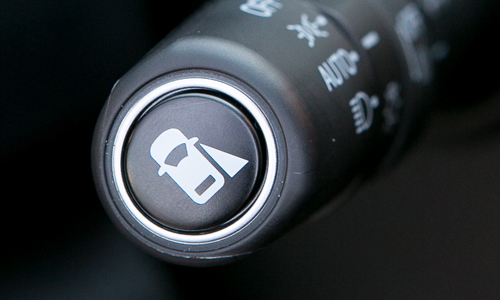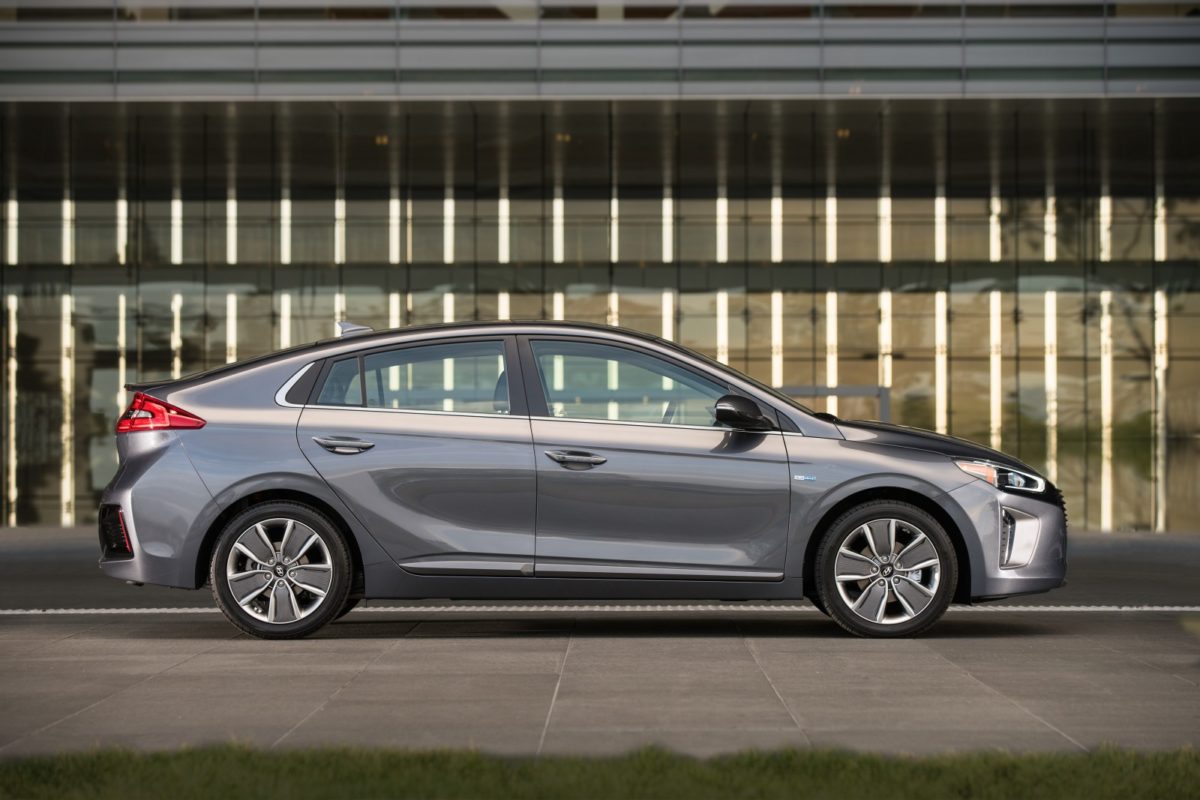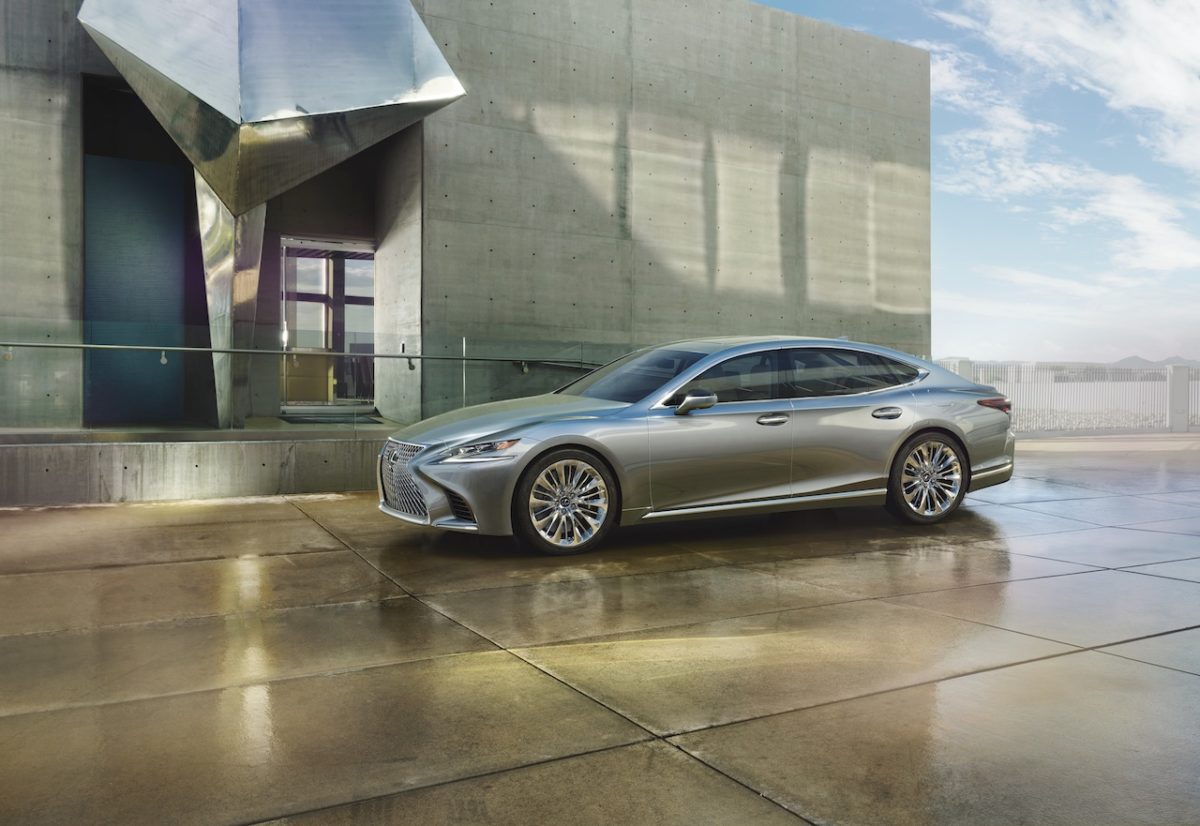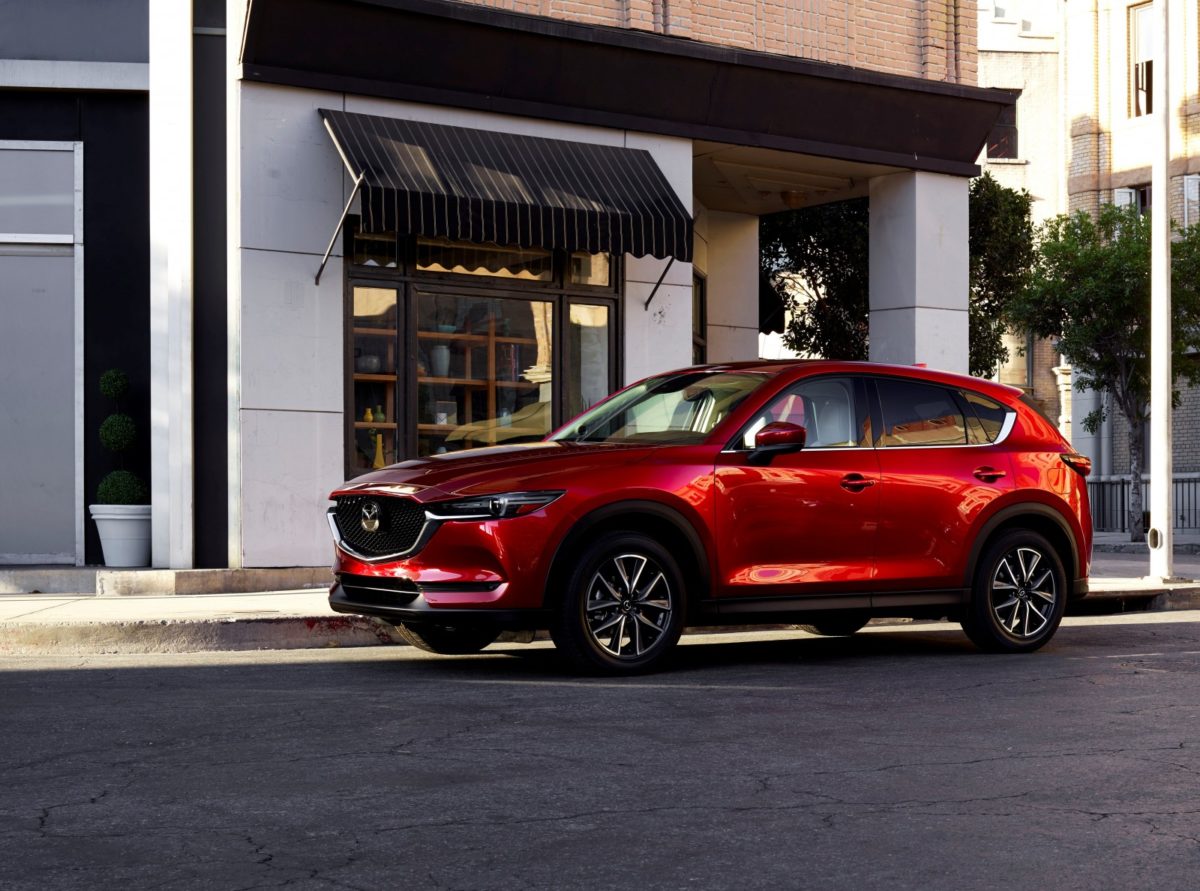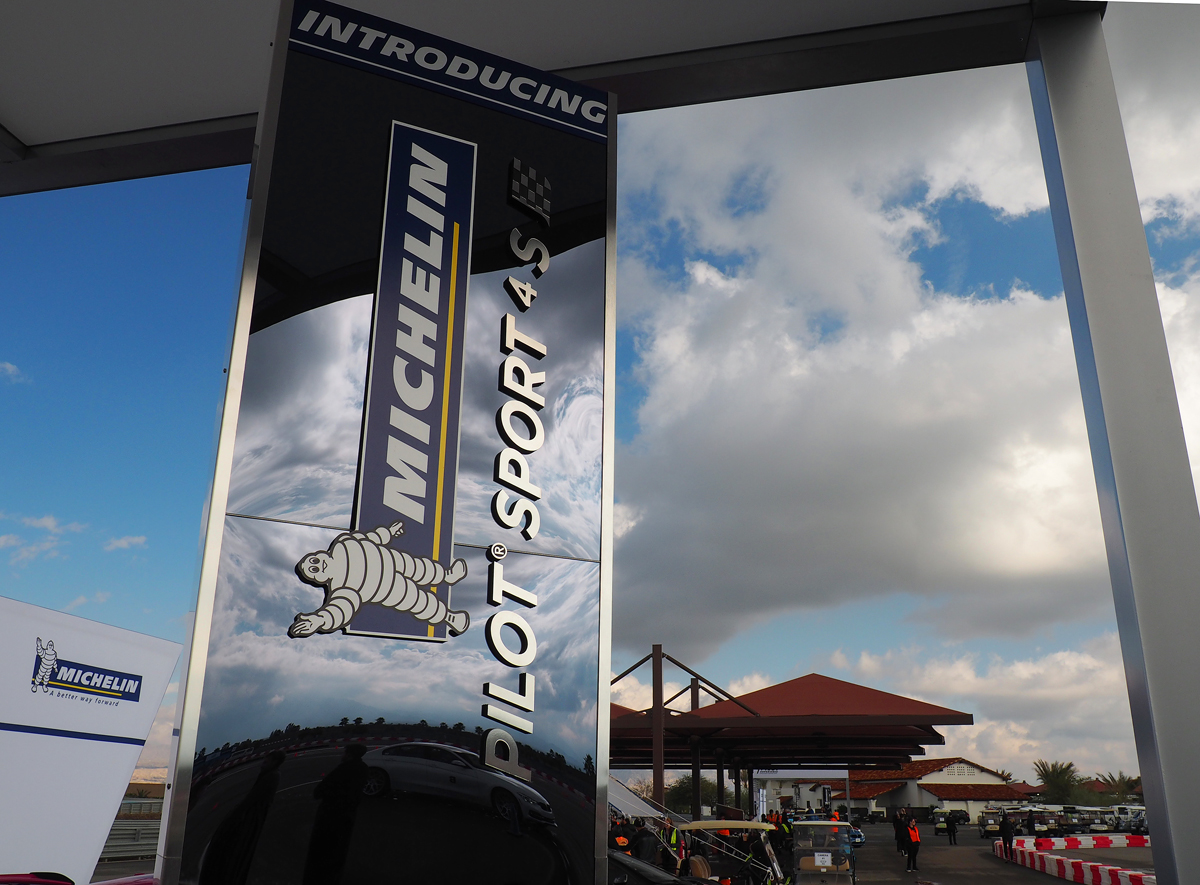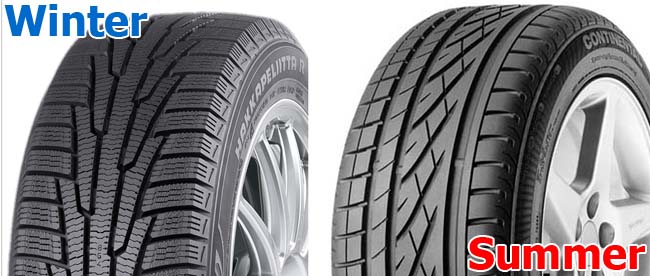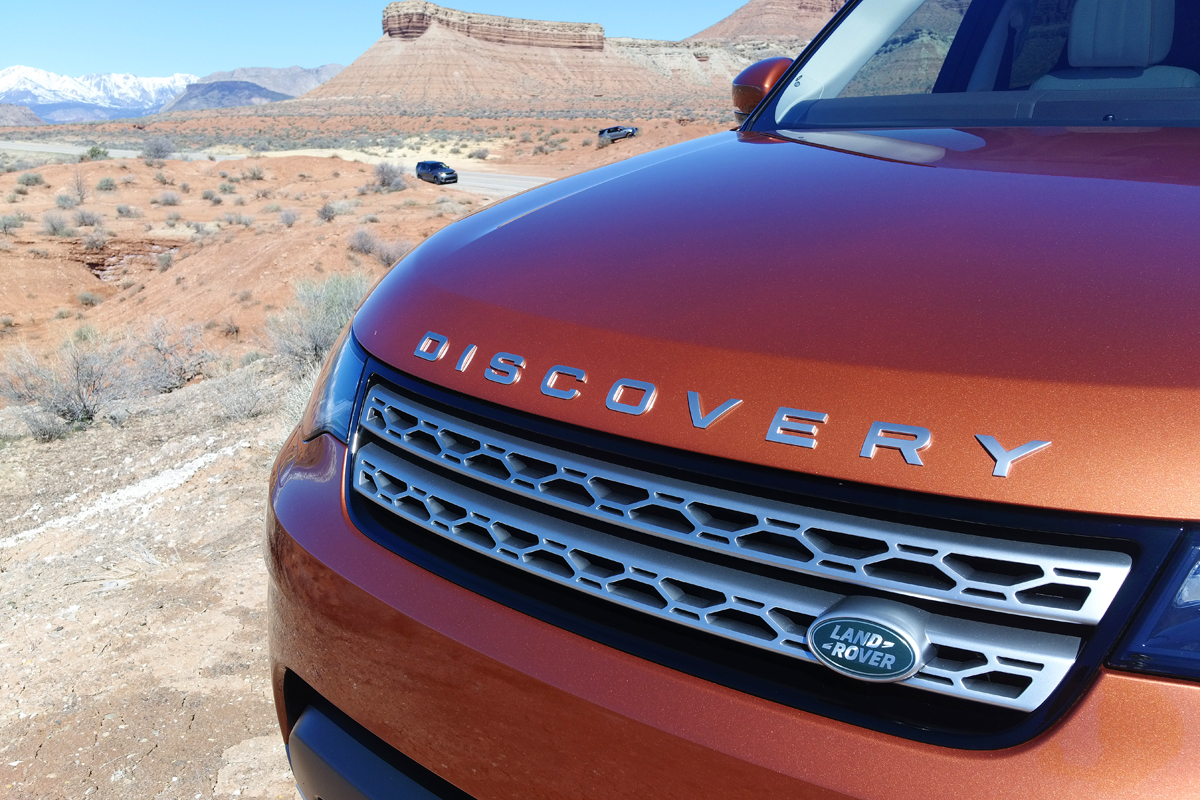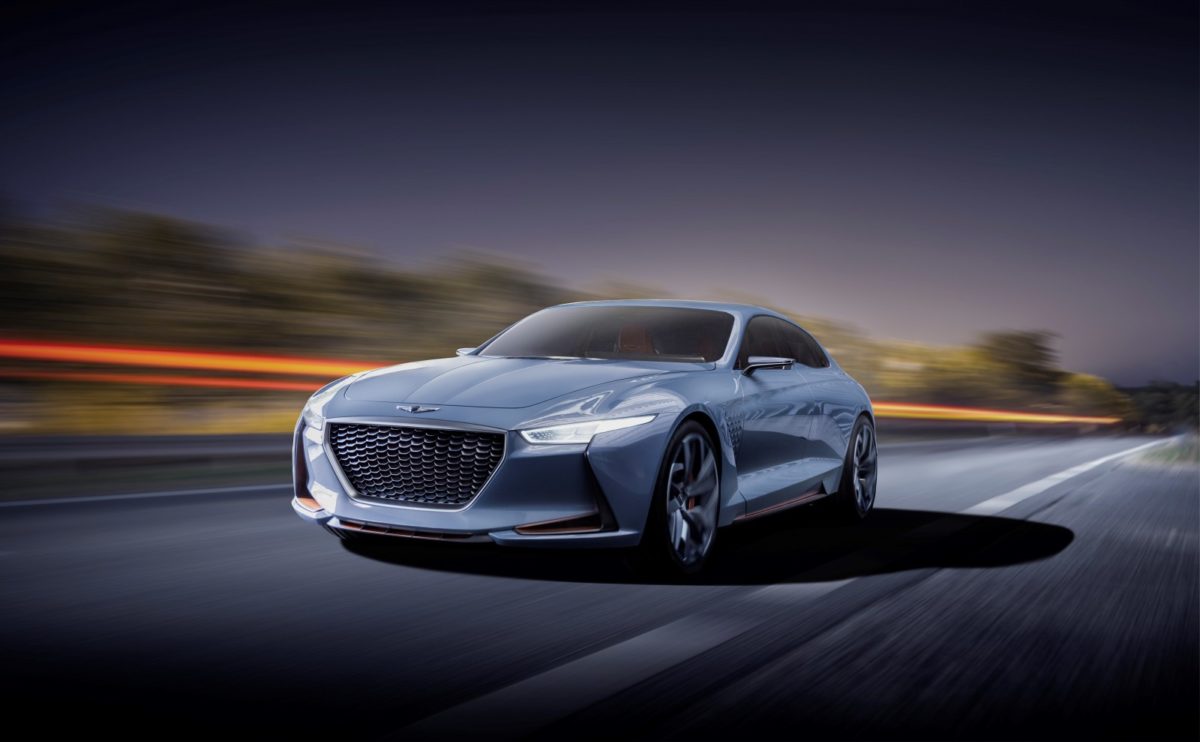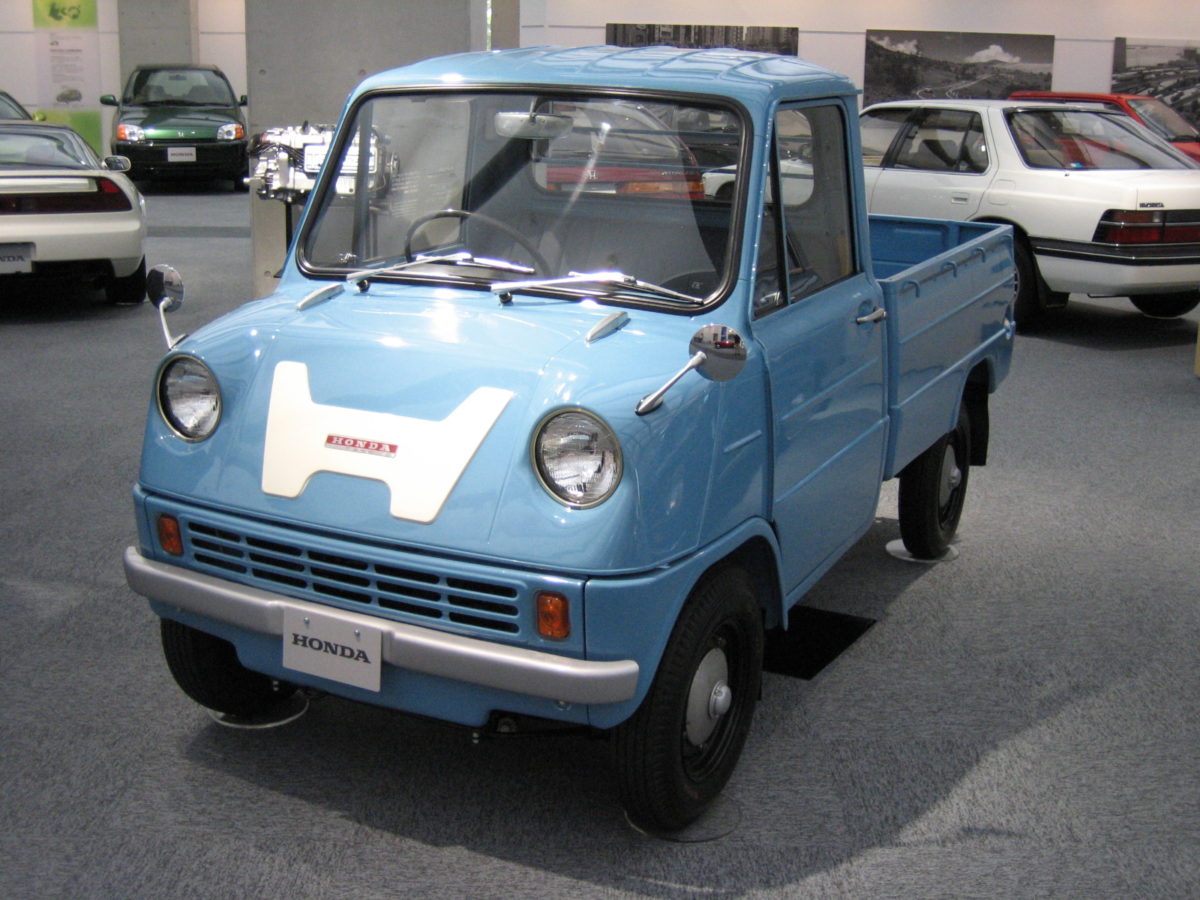Tech Highlight: Honda's LaneWatch System
Some of the best technological innovations are those that are simple. When something integrates seamlessly into our lives and quickly become invaluable, we often wonder how we’ve been able to live without it for all these years.
With summer extended road trips, accidents rates tend to spike due to more people on the road. According to ICBC, more than 1,900 car crashes will occur across the province on average over the August long weekend.
The provincial insurer says that historically, an estimated five British Columbians will die in traffic collisions and more than 500 will be injured in the run up to that three-day weekend.
Thankfully one of Honda’s latest technological innovations will help to prevent you and your family from becoming one of these statistics.

It’s called the LaneWatch system and it enhances your view of passenger-side traffic.
The heart of LaneWatch is a tiny camera, much like a rearview camera, mounted on the base of the passenger-side mirror. It can be manually or automatically activated when you signal right.

A typical field of view for a passenger-side rearview mirror is 18 to 22 degrees. But with LaneWatch, a live video display on the i-MID (Intelligent Multi-Information Display) or GPS navigation screen provides the driver with a view nearly four times greater than using the passenger-side mirror alone.

This is an enhanced viewing angle of up to 80 degrees and helps you to see two lanes of traffic from as far as 50 metres behind the vehicle.

The award-winning system is simple and effective. It can also be used to assist in parallel parking manoeuvres. Spotting smaller objects like small children, bicycles, and motorcycles is easy, and guidelines super imposed onto the real-time video display help with judging how far away an object is.
Honda’s LaneWatch debuted on their all-new 2013 Honda Accord last year. But it is now also standard equipment on all EX and above trim lines on the Honda Civic, Crosstour, Odyssey, as well as the 2015 Honda Fit.


